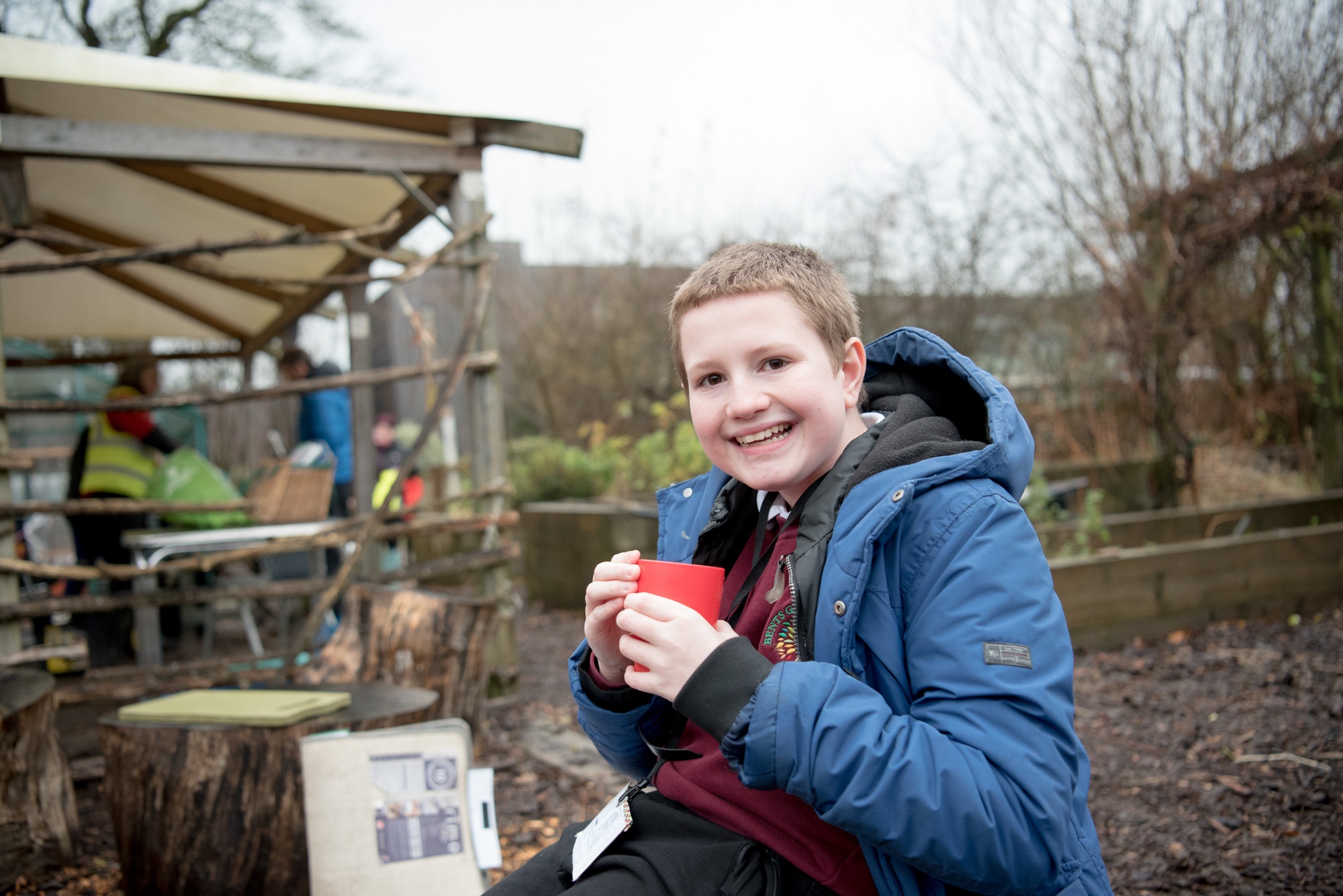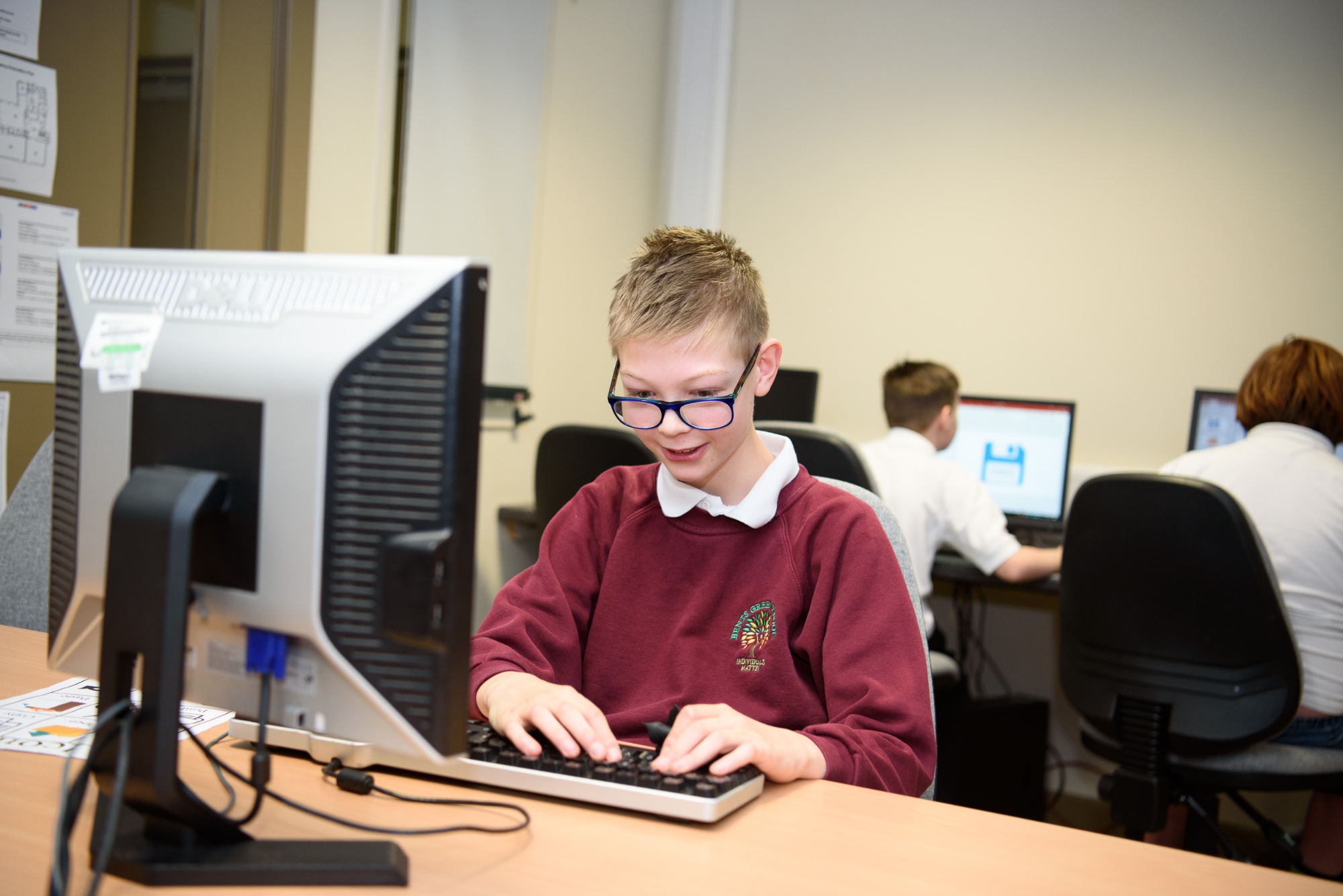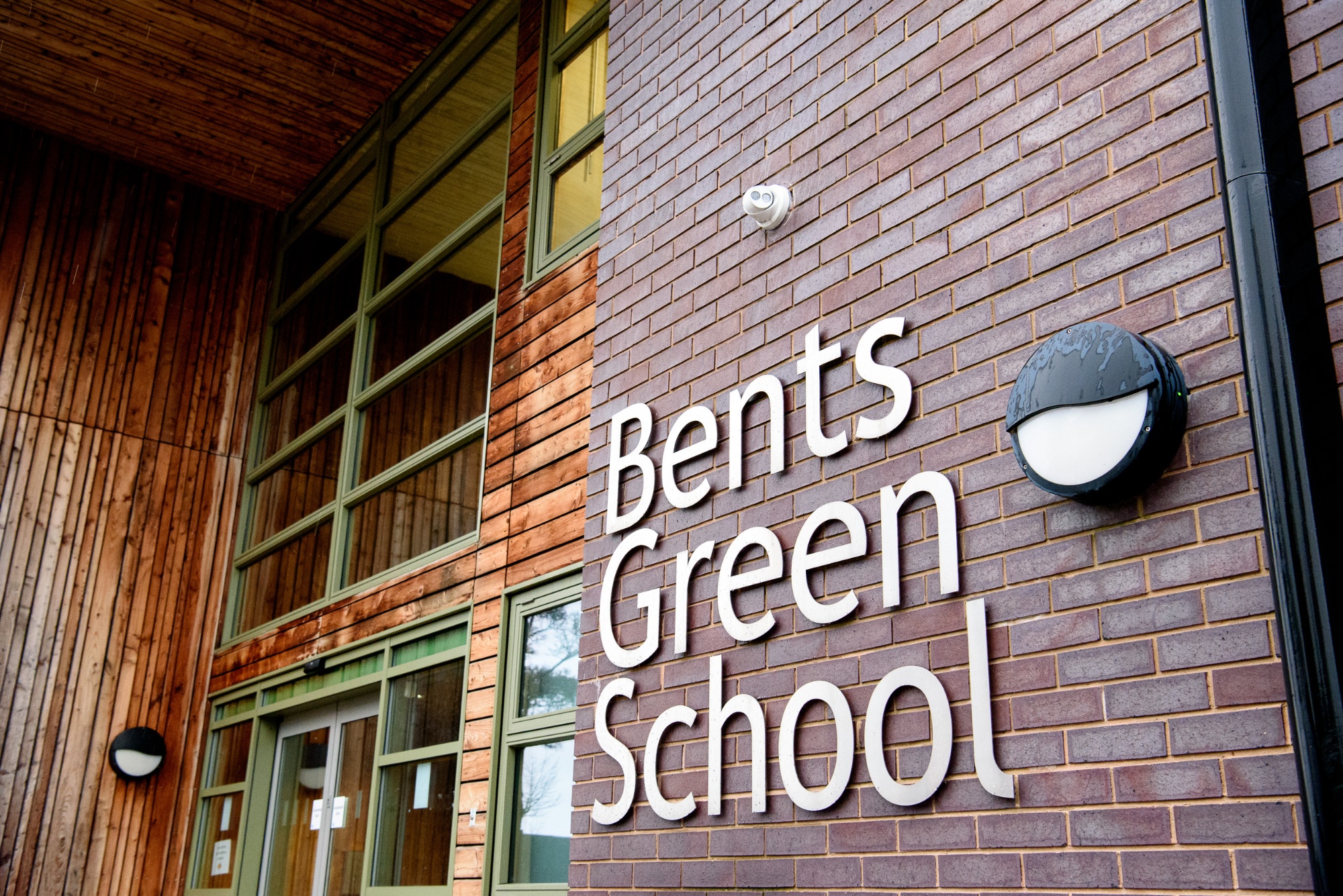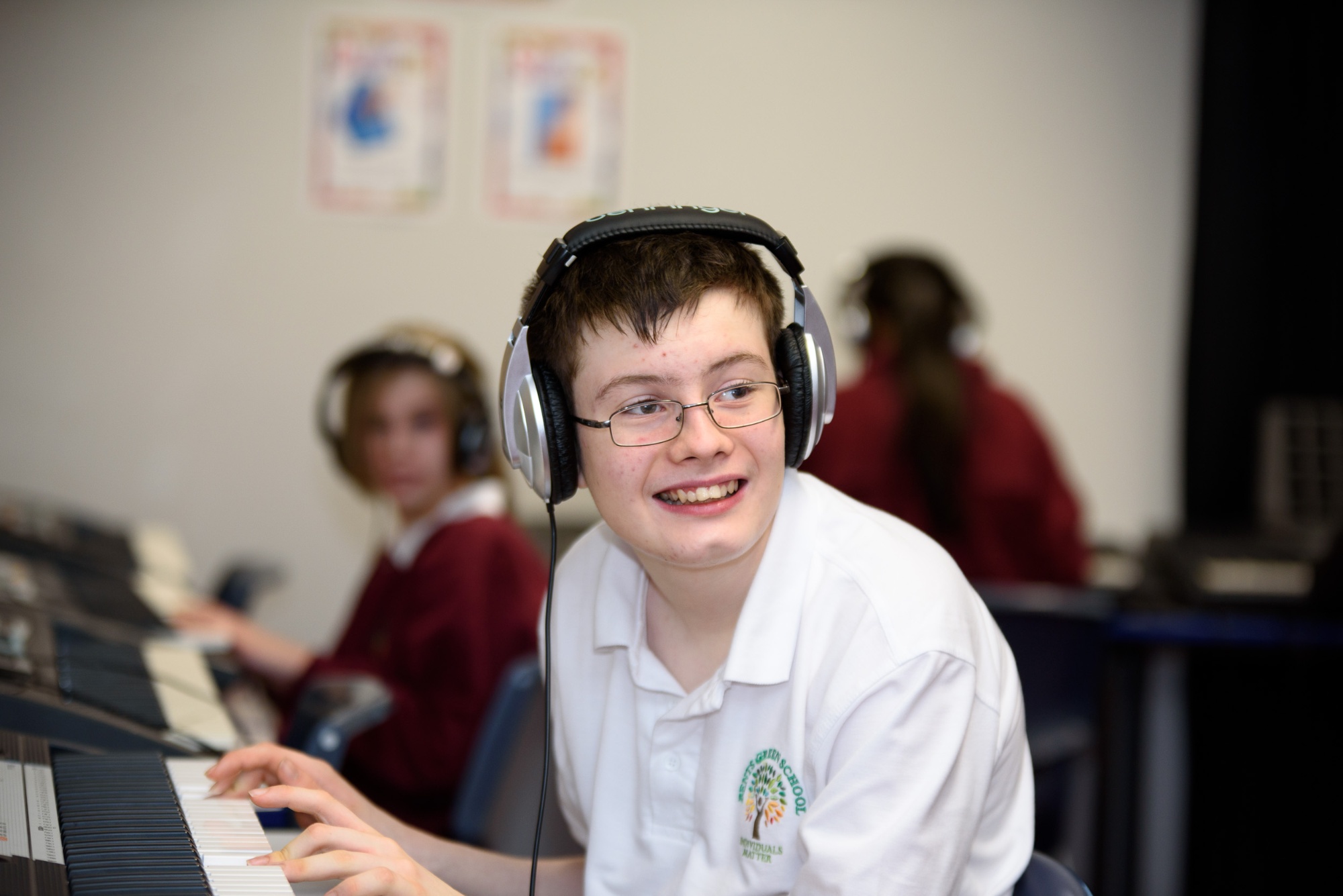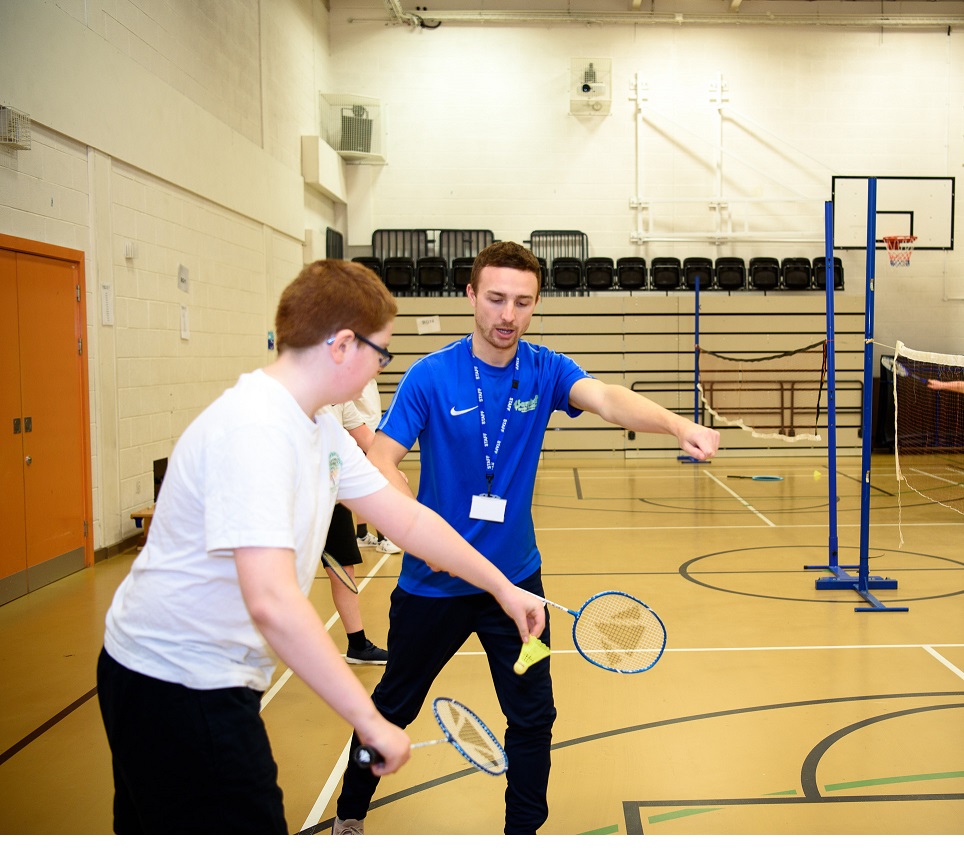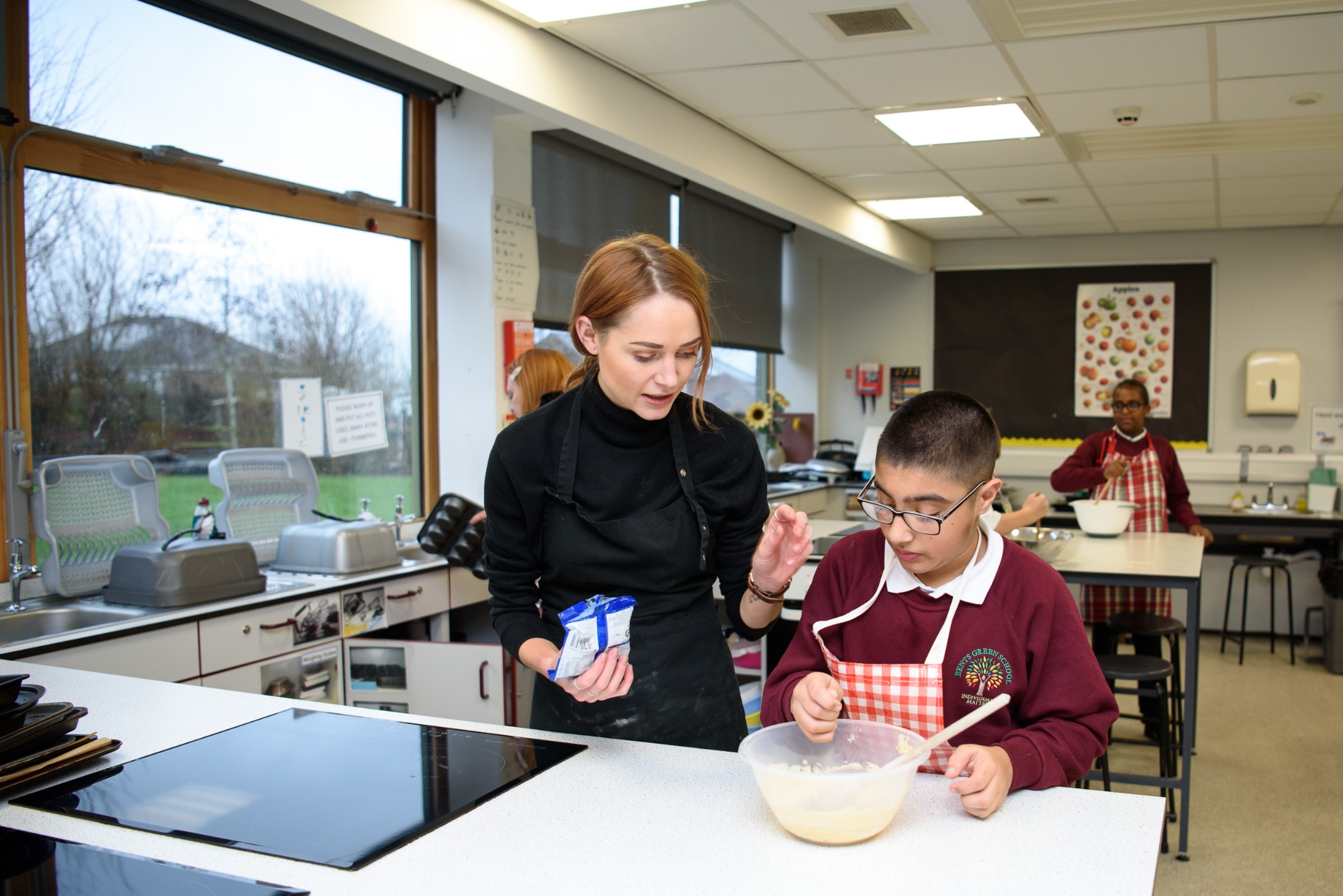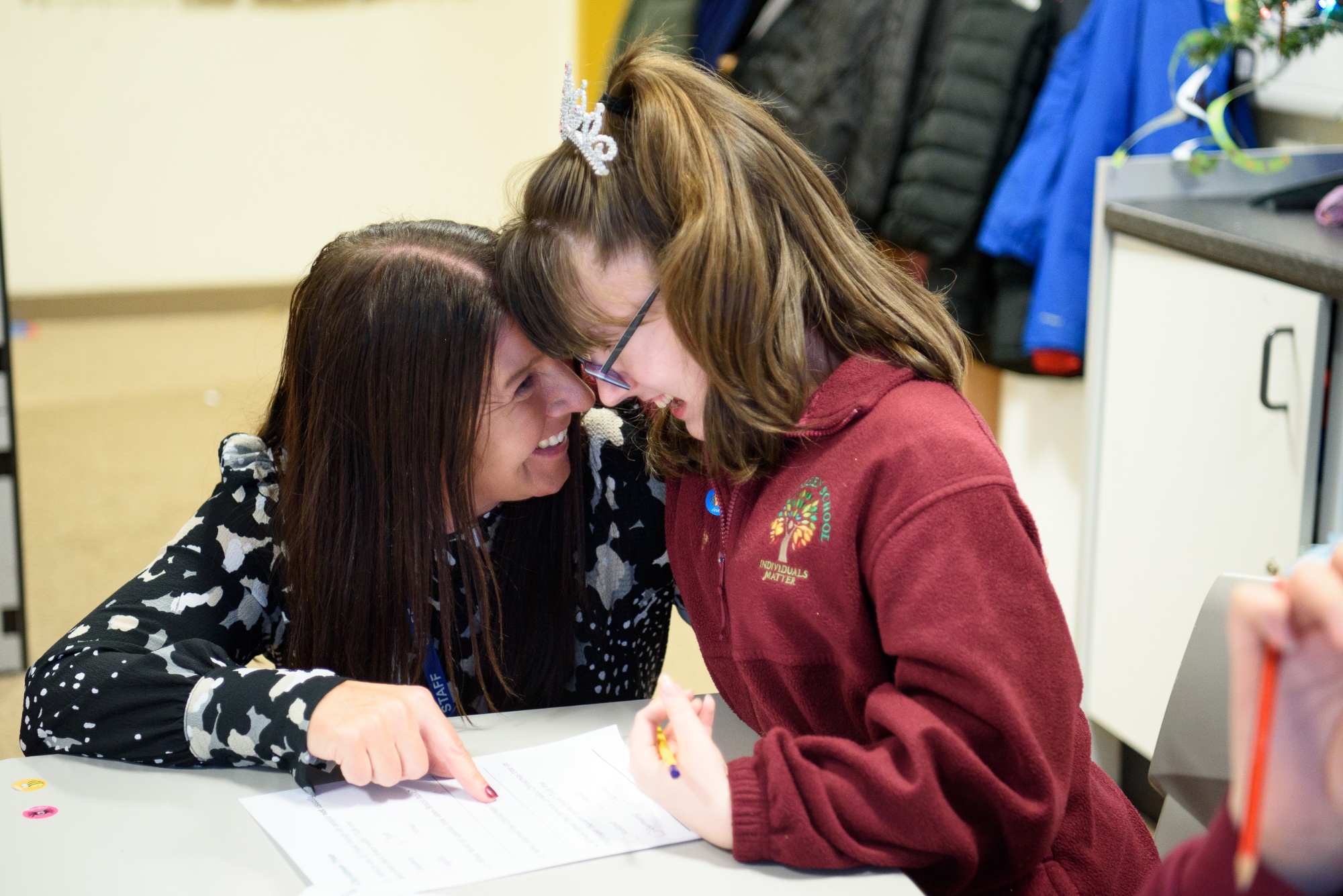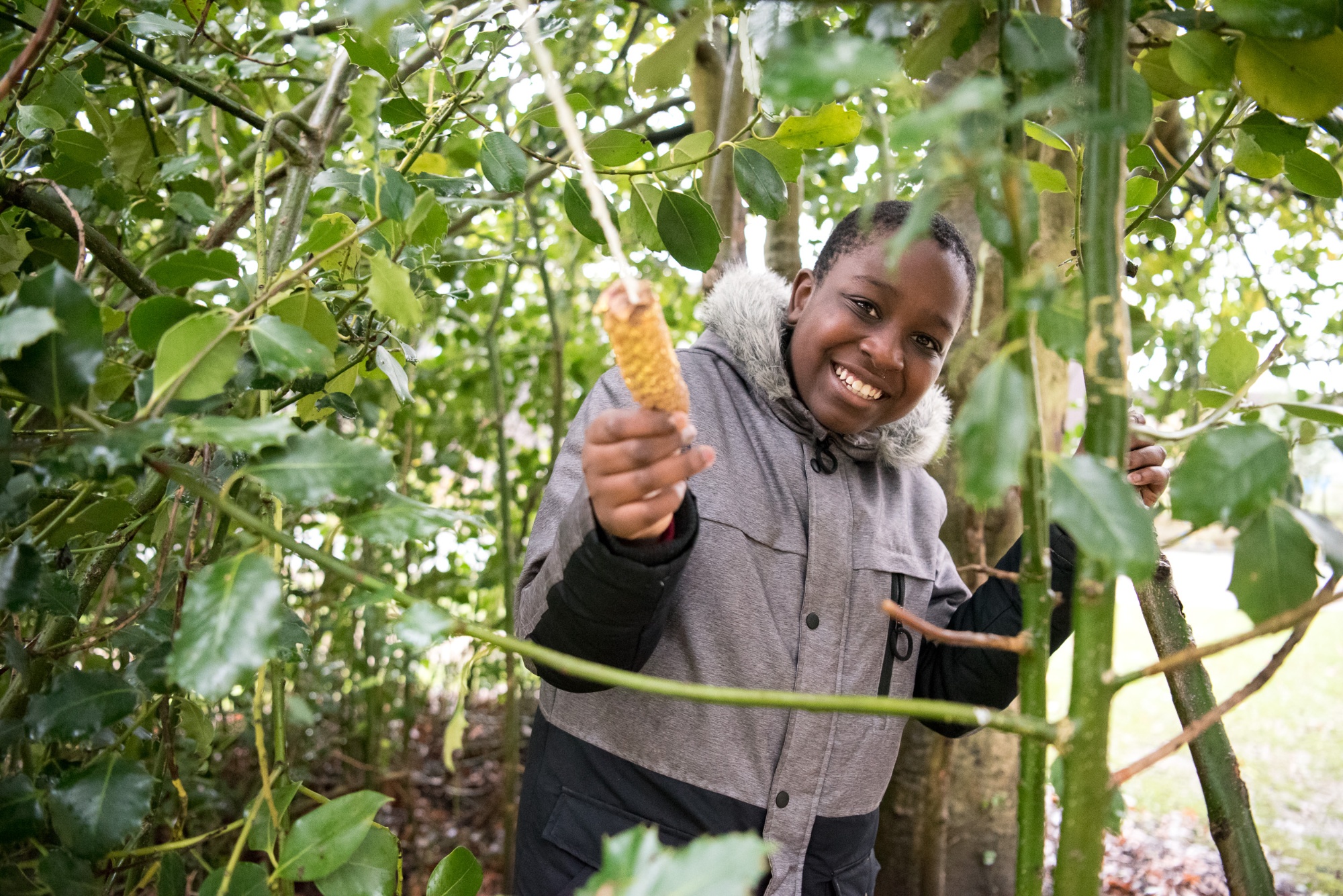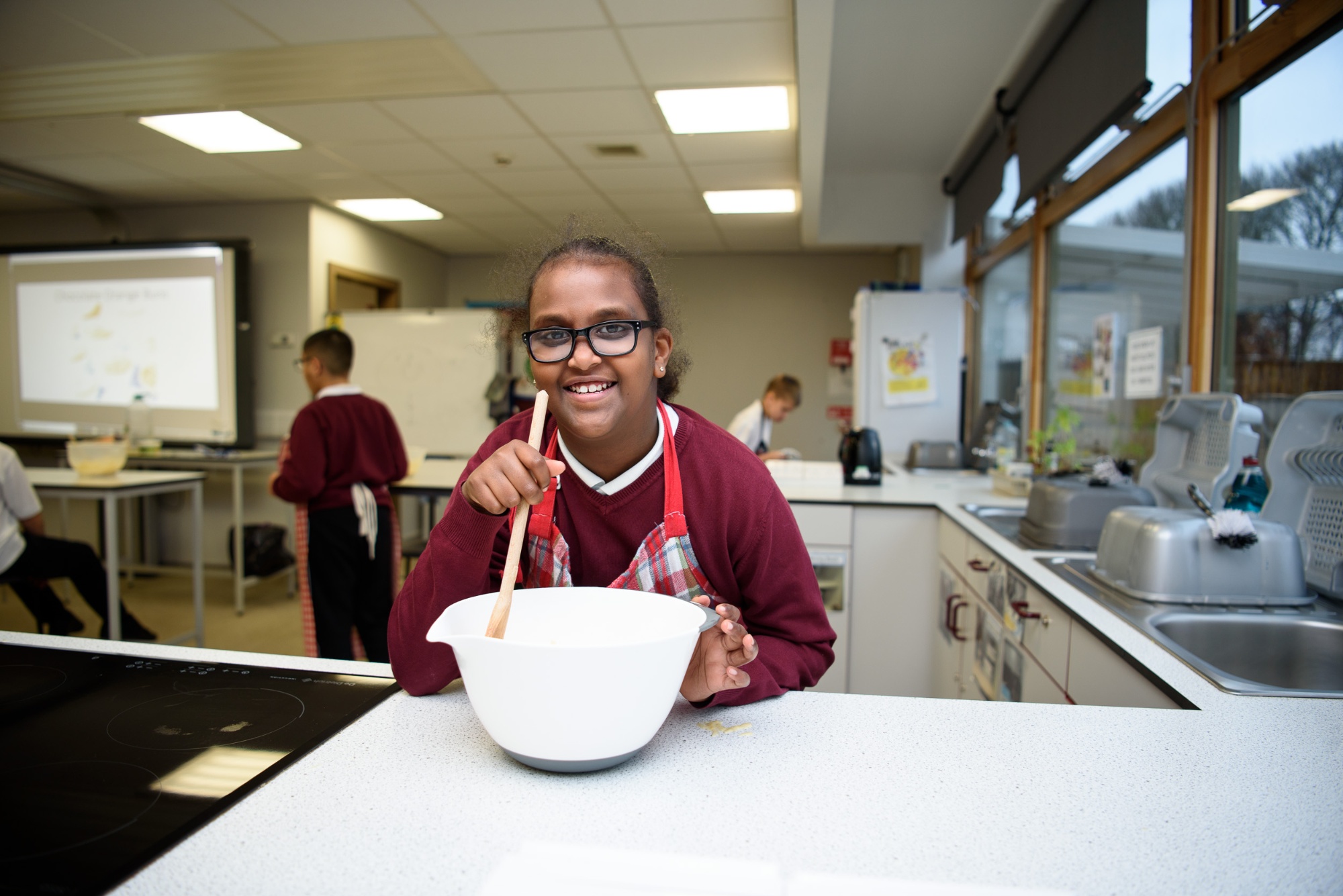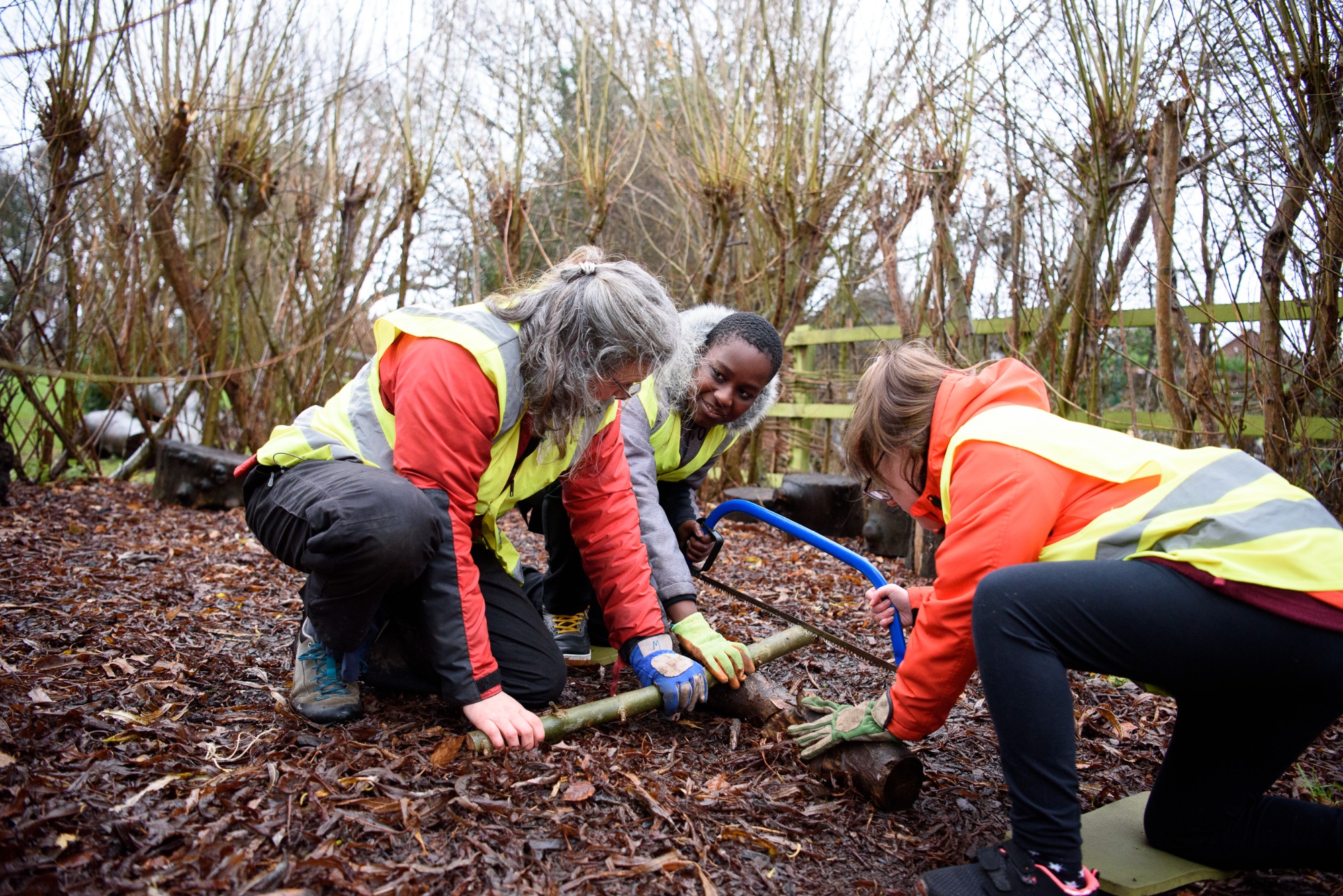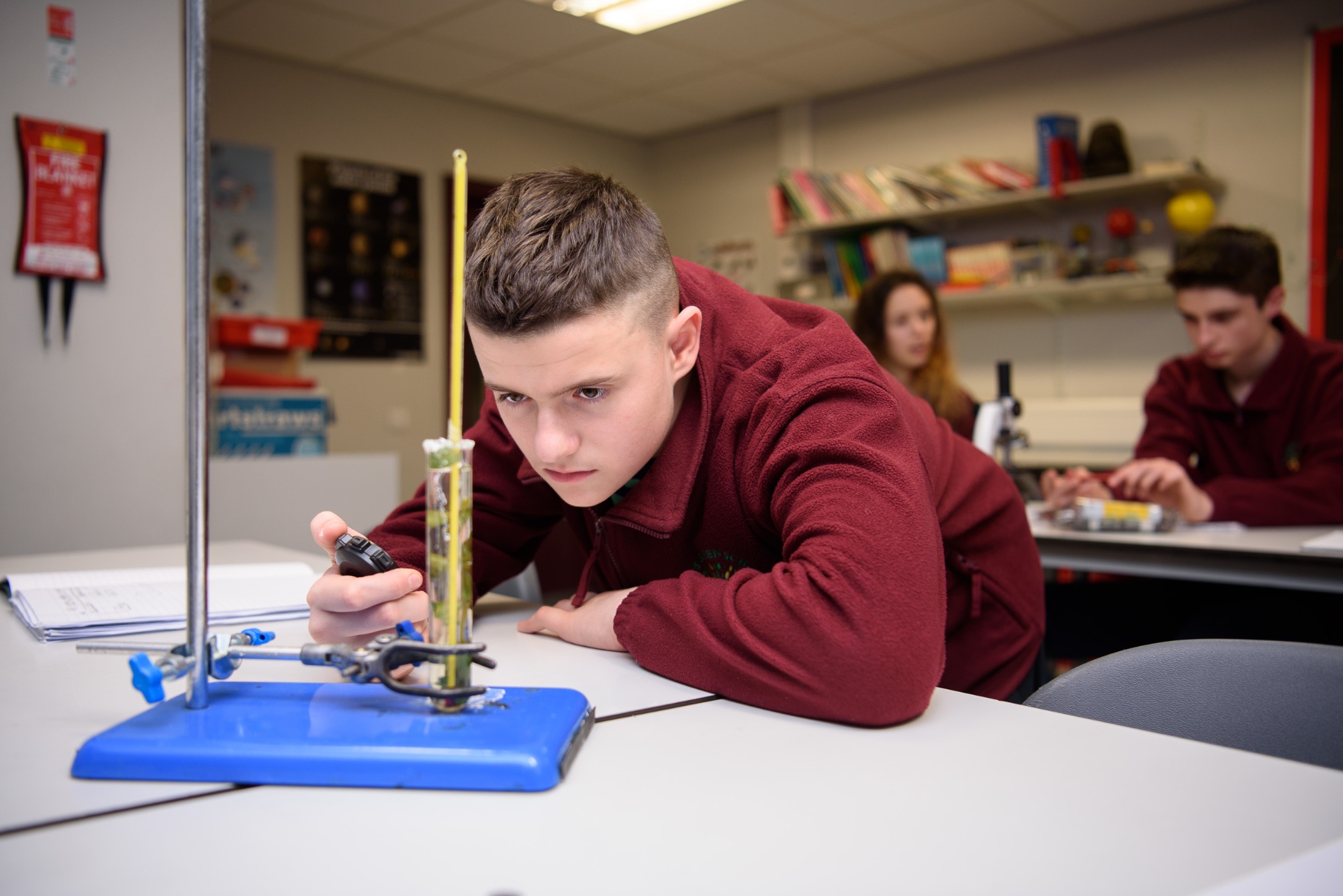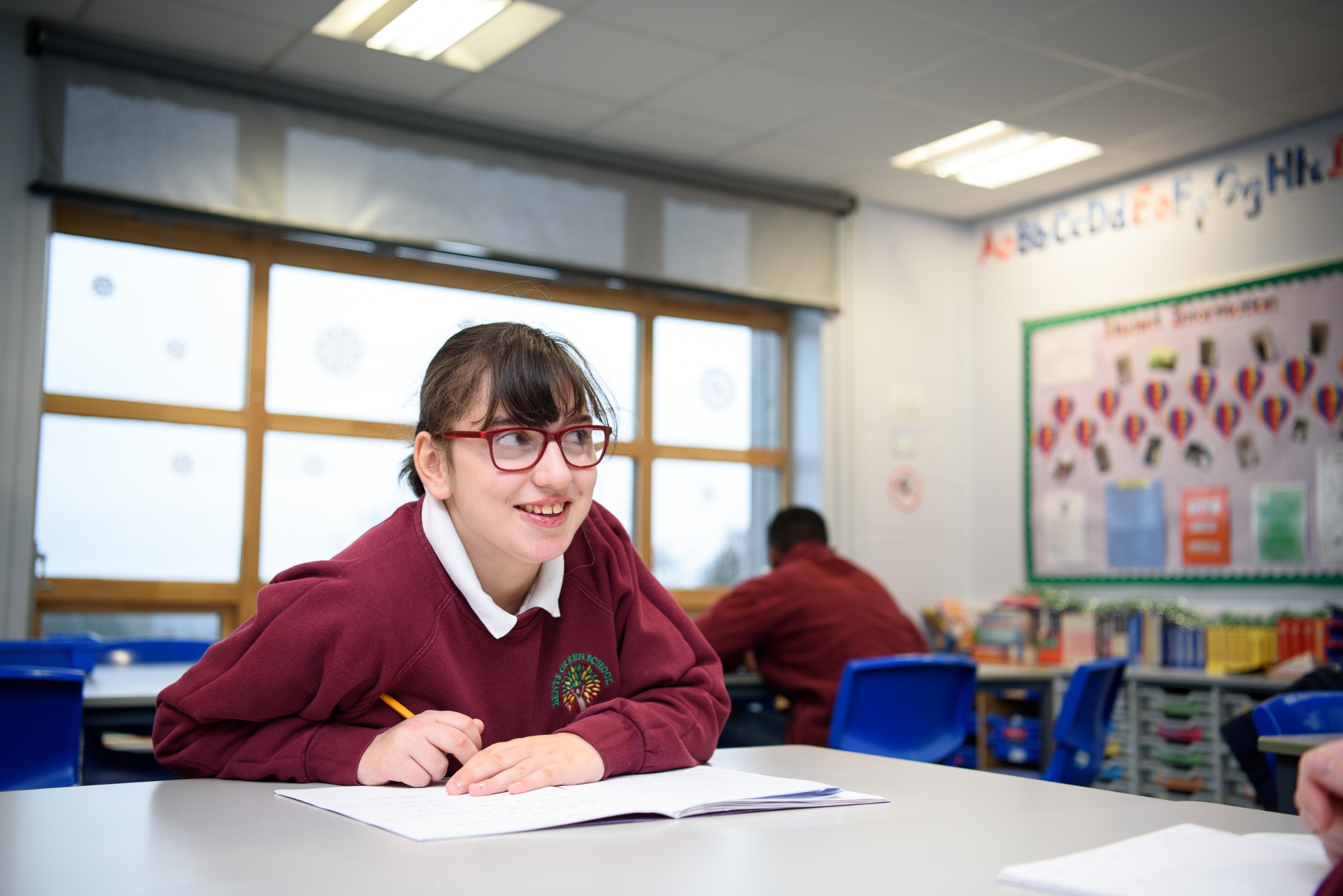Forest School
What are we aiming to achieve through our Forest Scholl curriculum? (Intent)
“To encourage and inspire individuals of any age through positive experiences and participation in engaging and motivating achievable activities in a woodland environment, helping to develop personal, social and emotional skills.”
(Forest Schools Association)
Forest School Pedagogy supports good practice for working with people with autism particularly well. Our specialist provision at BGS aims to;
-
be learner led and provide a holistic approach
-
give priority to teaching communication, social interaction + self-care skills
-
be based on functional skills and life skills
-
develop sensory integration
-
incorporate physical activity, reduce levels of stress and anxiety and to lessen disruptive behaviours
-
be specialised in its organisation
-
nurture a positive relationship with the natural environment in real life situations bringing lasting benefits
-
fulfil many of the Learning Outside the Classroom manifesto objectives
-
provide endless opportunities for experiential, contextual and applied education.
How is the Forest School curriculum delivered? (Implementation)
-
Year 7 classes are offered Forest School sessions on a half-termly carousel. Each class has 3 half term blocks (2019-2020).
-
Nurture groups including Sycamore classes have weekly sessions which have features of Forest School.
-
Phase 3 groups are offered Forest School sessions on a half-termly carousel. Each class has 2 half term blocks (2019-2020).
-
Some sessions take place at Mayfield Animal Park which are not classed as Forest School sessions due to timings and how they involve interaction with the animals.
What difference is the Forest School curriculum making to our students? (Impact)
-
Develops the whole person with a holistic approach
-
Intrinsic health benefits of being outside and moving
-
Promotes understanding of the interconnectedness of life and sustainability
-
Challenges assumptions made by staff who can see students with different perspective
-
Supports communication and social interaction through structured routines
-
Friendships strengthened and more positive communication between peers has developed.
-
Provides a structured environment that is “safe enough” to take risks
-
Promotes connections with the natural world
-
Builds resilience and self-confidence
-
Encourages creativity and independent thinking skills
-
Highly engaging activities such as fire lighting and tool use facilitates concentration, motivation and develops self-esteem
-
Allows many opportunities for multi-sensory learning experiences improving sensory function
-
Can link to any curriculum area, can be used to achieve goals on EHCPs
-
Highly inclusive, allowing for participants with most complex needs
Some examples of success;
-
Selective mute student talking outside
-
Students with OCD and agoraphobia overcoming anxieties by being outside, parents reporting positive changes in behaviour at home
-
Students who find inside environments particularly challenging thrive outside
-
Record of students who have history of non-attendance at school being highly motivated by outdoor sessions
-
Reports of stronger friendships and fewer instances of serious incidents as a direct result of Forest School sessions
-
Student who refuses to engage with food tech lessons loves cooking outside
-
Highly anxious students are more relaxed and engaged during outdoor sessions

